
When sickness hits, love does not always remain. Evidence indicates that the romantic vow of “in sickness and in health” is much weaker when the wife gets gravely ill. Studies across continents have revealed that wives diagnosed with cancer are much more likely to experience marriage collapse than husbands in a similar situation.

This reality is not merely statistical it’s about the lived experience of women who, as they fight to survive, also contend with losing their partners. The reasons are multifaceted: from deep-seated gender norms to the overwhelming burden of financial and emotional pressure. And yet, embedded in these narratives are glimpses of clarity, resilience, and even freedom.
This listicle breaks down the most compelling research and stories on why sickness, especially cancer, can destroy a marriage and what these trends teach us about relationships, caregiving, and social expectations.
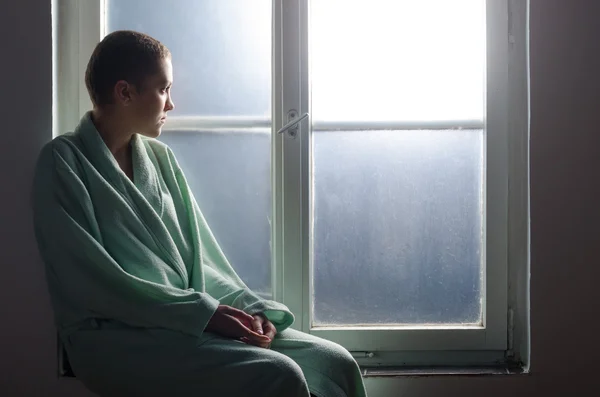
1. The Asymmetrical Risk When Women Become Ill
A University of Florence study of 25,000 couples over 50 found that when the wife fell ill, the couple was 60% more likely to break up than healthy couples. No such heightened risk occurred when the husband was sick. This same trend is seen worldwide: in the US, couples were six times as likely to break up if the wife had cancer; Korean men were four times more likely to separate. These discrepancies reflect underlying gender norms that continue to influence caregiving’s perception and practice.
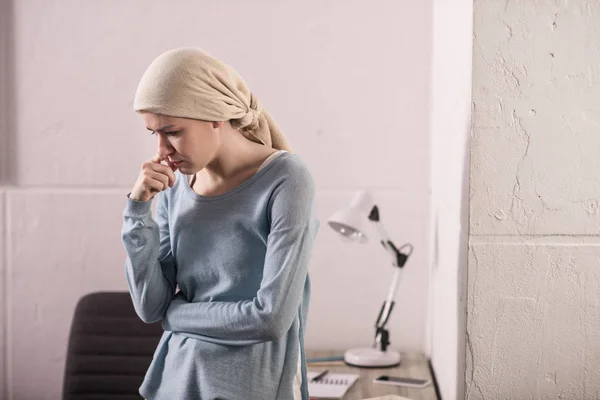
2. Treatment Isn’t the Finish Line
Cancer survivors commonly discover that the completion of treatment introduces unanticipated difficulties. As Macmillan Cancer Support’s Sian Robinson-Brown explains, “the end of treatment can affect people much more deeply than they anticipate.” Without the routine of appointments and medical care, many women experience fatigue, low moods, and loss of confidence. Partners who retreat during this time can cause survivors to feel deeply unsupported as well, adding to the emotional burden.

3. Economic Consequences Strike Women Disproportionately
Apart from the direct fight against cancer, the economic costs can be devastating. In the UK, women’s earnings fall twice as far as men’s when divorce occurs. Toss in the expense of ongoing cancer recovery physio, hormone treatments with severe side effects, mental health treatment and long-term economic damage is severe. Results of a US survey of breast cancer survivors revealed that 65.81% had some degree of financial distress, with younger age and lower income as strong predictors. For many, the intersection of sickness and isolation produces a lasting economic disadvantage.
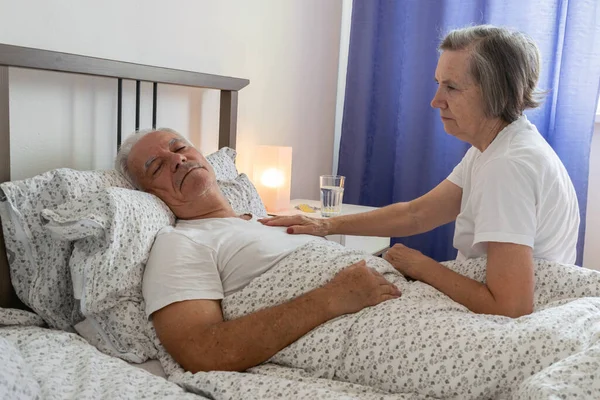
4. Caregiving Burdens Still Fall Unevenly
Even when men enter caregiving positions, research shows ongoing disparities. A study of Swiss long-term caregivers discovered that when faced with the same conditions, men and women allocated the same amount of total time to care but that women spent 60% more on housework. This disparity can result in male partners not assuming an equivalent range of responsibilities when women are the ones to become ill, leaving essential emotional and instrumental needs unfilled.
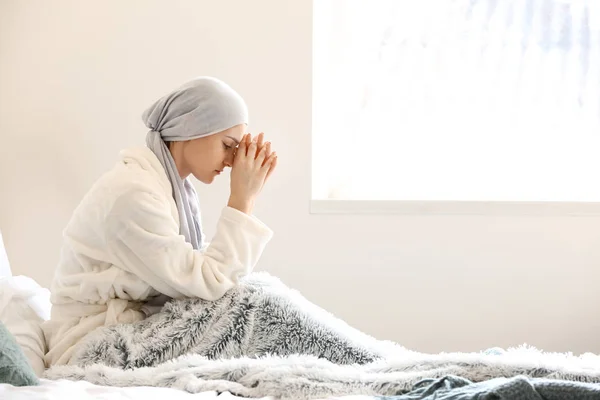
5. The Gendered Gap in Emotional Support
Analysis of hospice caregiving data indicates that female caregivers have lower self-esteem, larger negative health impacts, and fewer supports from family members than male caregivers. These trends indicate women might be more sensitive to emotional labour, and when they are patients, they might receive less as a return. Cultural conditioning that positions women as “natural caregivers” might cause others to become less inclined to provide help to them, thus perpetuating isolation in illness.
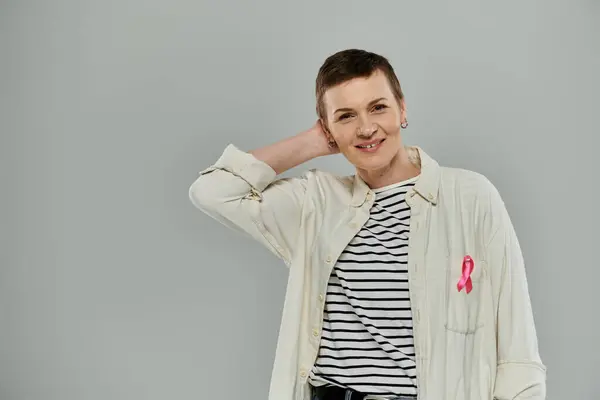
6. Illness as a Catalyst for Change
Not every separation is prompted by the healthy partner. Some women, with cancer, re-evaluate their lives and opt to leave. In Kate Browne’s study, most of the respondents experienced relief following separation, reporting they were better off on their own. Ammanda Major from Relate points out that illness can trigger “an awakening,” whereby facing mortality results in a desire for a different mode of existence. For others, the crisis serves as a turning point toward autonomy.
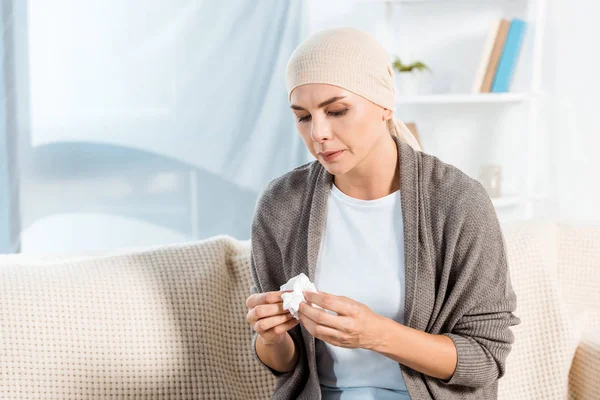
7. When Specific Diagnoses Entail Greater Risk
Some cancers seem to be associated with increased divorce rates. Cervical cancer survivors who survived in young adulthood were more than twice as likely to be separated or divorced as those without cancer. Physical and fertility issues with these diagnoses can stress a relationship, particularly within younger couples. However, in other research, breast cancer survivors indicated no higher risk for divorce, demonstrating how the nature of the illness and its complications can determine marital fate variably.
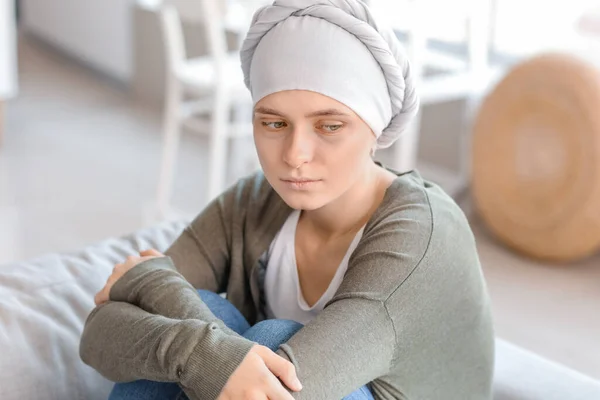
Illness reveals cracks in relationships financial stress, unequal care, and traditional gender roles. But it can also reveal realities about individual needs and strength. The statistics are grim, but they reinforce the value of mutual support, honest communication, and cultural changes in caregiving. For women with major health concerns, these learnings are not only about risk factors they’re about taking power in love, health, and life.


